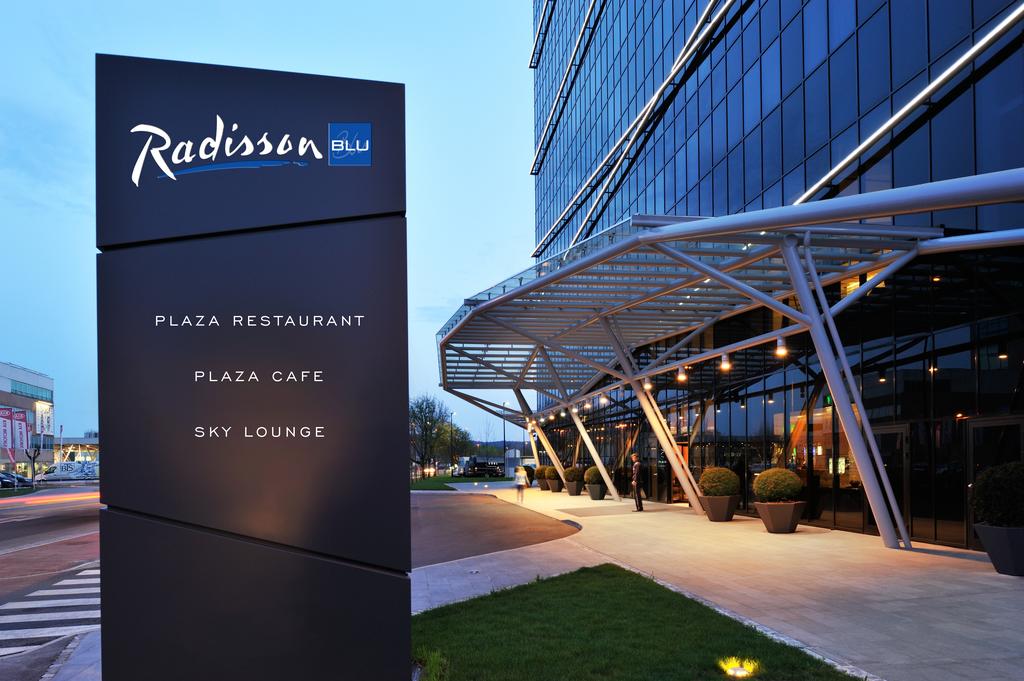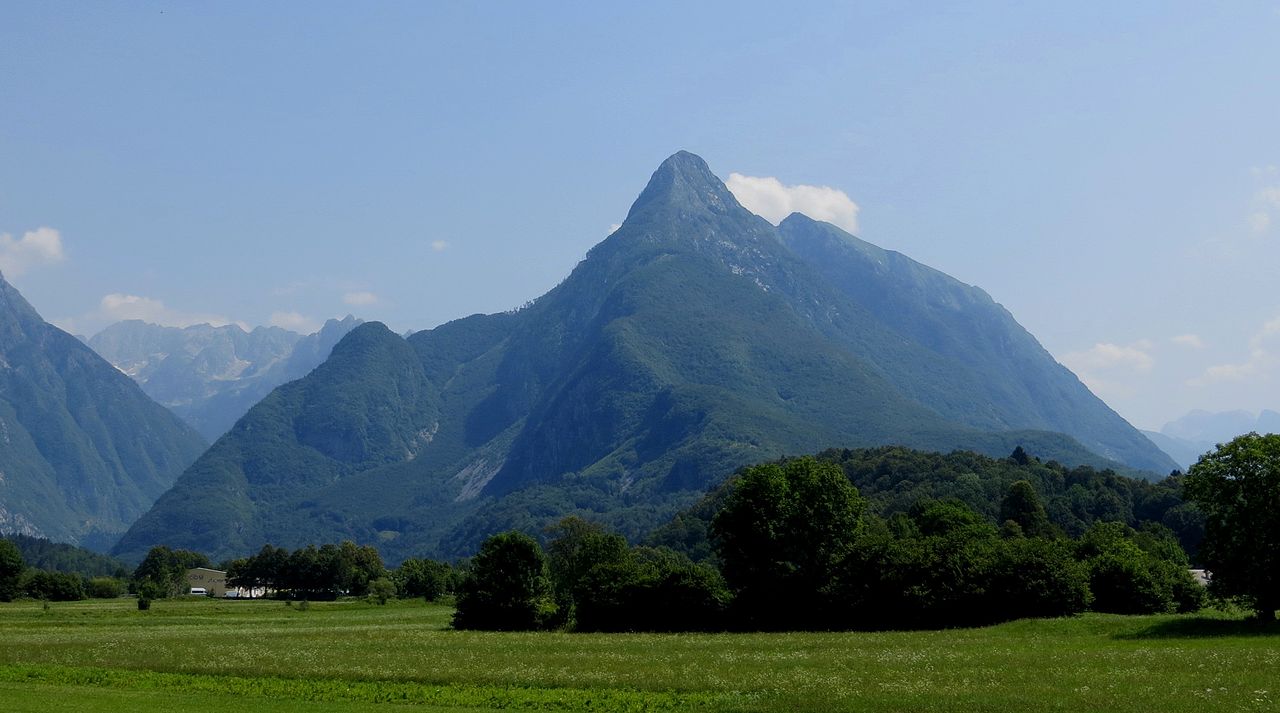
Radisson Blu Plaza, Ljubljana
Bratislavska cesta 8 1000
Ljubljana, Slovenia
Tel: +386 1 243 00 00
Perfectly situated in the shopping and business district, the Radisson Blu Plaza Hotel, Ljubljana provides ultimate convenience to the best of the capital city. The hotel also offers numerous ways to reach desired destinations with bus and train stops within walking distance, and several airports surround the area. In addition to an enviable address, we offer 237 elegant rooms and suites with contemporary elements like mini bars and Free high-speed, wireless Internet. Guests enjoy a complimentary breakfast buffet each morning as well as savory local and international cuisine at our on-site Plaza Restaurant.
For more information, please visit the “Travel & Visa” menu.
Slovenia, officially the Republic of Slovenia, is a nation state located in the southern Central Europe, variously classified as part of Eastern and Southern Europe. The country is located at the crossroads of main European cultural and trade routes. It is bordered by Italy to the west, Austria to the north, Hungary to the northeast, Croatia to the south and southeast, and the Adriatic Sea to the southwest. It covers 20,273 square kilometers (7,827 sq mi) and has a population of 2.06 million. It is a parliamentary republic and a member of the United Nations, European Union, and NATO. The capital and largest city is Ljubljana.

Slovenia has historically been the crossroads of West Slavic, South Slavic, Germanic, Romance, and Hungarian languages and culture. Although the population is not homogeneous, the majority is Slovene. South Slavic language Slovene is the official language throughout the country.
Historically, the current territory of Slovenia was part of many different state formations, including the Roman Empire and the Holy Roman Empire, followed by the Habsburg Monarchy. In October 1918, the Slovenes exercised self-determination for the first time by co-founding the State of Slovenes, Croats and Serbs. In December 1918, they merged with the Kingdom of Serbia into the Kingdom of Serbs, Croats and Slovenes (renamed Kingdom of Yugoslavia in 1929). During World War II, Slovenia was occupied and annexed by Germany, Italy, and Hungary, with a tiny area transferred to the Independent State of Croatia, a Nazi puppet state. Afterward, it was a founding member of the Federal People’s Republic of Yugoslavia, later renamed the Socialist Federal Republic of Yugoslavia, a communist state which was the only country in the Eastern Bloc which was never part of the Warsaw Pact. In June 1991, after the introduction of multi-party representative democracy, Slovenia split from Yugoslavia and became an independent country.
The country, marked by a significant biological diversity, is one of the most water-rich in Europe, with a dense river network, a rich aquifer system, and significant karst underground watercourses. Over half of the territory is covered by forest. The human settlement of Slovenia is dispersed and uneven.Slovenia’s capital and largest city also happens to be one of Europe’s greenest and most liveable capitals. Indeed, the European Commission awarded Ljubljana with the coveted Green Capital of Europe title for 2016. Car traffic is restricted in the centre, leaving the leafy banks of the emerald-green Ljubljanica River, which flows through the city’s heart, free for pedestrians and cyclists. In summer, cafes set up terrace seating along the river; it almost feels like a nightly street party.
Legend has it that Ljubljana was founded by the Greek mythological hero Jason and his companions, the Argonauts, who had stolen the golden fleece from King Aetes and fled from him across the Black Sea and up the Danube, Sava and Ljubljanica rivers. They stopped at a large lake in the marsh near the source of the Ljubljanica, where they disassembled their ship to be able to carry it to the Adriatic Sea, put it together again, and return to Greece. The lake where they made a stop was the dwelling place of a monster. Jason fought the monster, defeated it and killed it. The monster, now referred to as the Ljubljana Dragon, found its place atop the castle tower on the Ljubljana coat of arms.
Ljubljana is the political and cultural heart of the Slovenian nation. It is an important European commercial, business, exhibition and congressional centre as well as the transport, science and education centre of Slovenia. Both the residents of Ljubljana and its numerous visitors consider Ljubljana with its 276,000 inhabitants a city made to man’s measure.
Its geographical position in the centre of Europe has determined Ljubljana as a natural meeting place for merchants and soldiers as well as – and more than once – peacemakers. The victors of the Napoleonic wars selected this peaceful city as the site of the Holy Alliance congress, which in 1821 sealed the European political geography for years to come.
In Ljubljana the old meets the new; and it seems that history has spent all of the settlement’s five millennia preparing it to become the nation’s capital. It has managed to retain traces from all periods of its rich history; from the legacy of Roman Emona; through to the Renaissance, Baroque and Art Nouveau periods characterised in the house fronts and ornate doorways of the city centre, the romantic bridges adorning the Ljubljanica river, the lopsided rooftops and a park reaching deep into the city centre. Here eastern and western cultures met; and the Italian concept of art combined with the sculptural aesthetics of Central European cathedrals.
Ljubljana is a city of culture. It is home to numerous theatres, museums and galleries, and boasts one of the oldest philharmonic orchestras in the world. The first music society in Slovenia, the Academia philharmonicorum, was founded in 1701. It was a vehicle for baroque music and also facilitated the development of musical production in this region. Its honorary members included such renowned composers as Joseph Haydn, Ludwig van Beethoven and Johannes Brahms, and distinguished musicians such as the violinist Nicolo Paganini. Between 1881 and 1882, at the very start of his career, Gustav Mahler was its resident conductor.